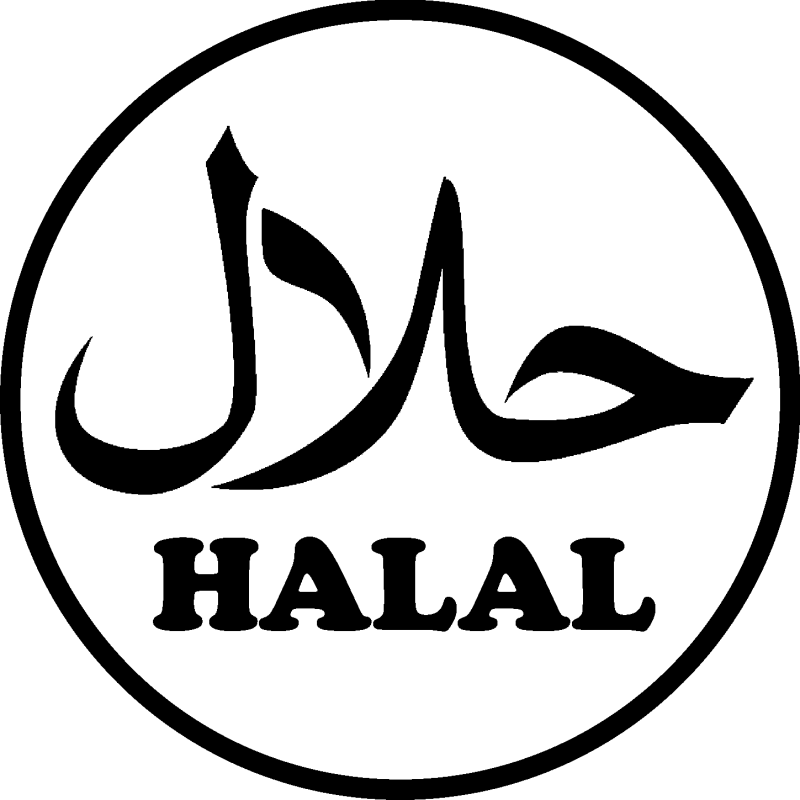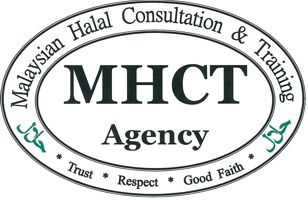Introduction Islam is not just a belief system but a way of life, an identity, rights, and most importantly the way the Muslim lives their life. For this world we live in now, we practice our rights to be Muslim without interfering with any other religious belief. The life of a Muslim is highly regulated from the food that we eat, the clothes that we are wearing, the words that we said, and the moment we get into bed and to the very moment we open our eyes in the morning. Every act done is a form of worship and to be taken as fulfilment of one religious obligation. Similarly, eating halal food is wajib (obligatory) upon every Muslim and will be rewarded in this world and the hereafter and eating haram food is prohibited. For a Muslim to eat animal meat and animal meat based products it has to be slaughtered in the halal manner. The world we live in is a home to several religious community, the Christian, Muslim, Hindus, Buddhist, and Judaism. We have to admit that this world is not populated by just one community with one religious belief, one lifestyle, and one religious practice. It is thus important to realise that it requires respect and tolerance in order to maintain peace and harmony amongst the various religious communities and to make this world a safe and harmonious place to live in. In this context one must be ready to acknowledge the presence of the other community and to learn to respect their belief system, religious practices and most importantly to tolerate their religious requirements. The second Preamble to the UN Declaration of Human Rights reads:
Cruelty to Animal under the Malaysian Law
Malaysia has in place a clear legal injunction that provides that provides for animal welfare. Section 43 of the Animal Act 1953 (Revised 2006) (Malaysia) define animal as any living creature other than a human being and includes any beast, bird, fish, reptile or insect, whether wild or tame. Section 44 of the Act 1953 provides that one is guilty of cruelty to animal and shall be subjected to fine or imprisonment if: (a) Cruelly beats, kicks, ill-treats, overrides, overdrives, overloads, tortures, infuriates or terrifies any animal; (b) Causes or procures or, being the owner, permits any animal to be so used; (c) being in charge of any animal in confinement or in course of transport from one place to another neglects to supply such animal with sufficient food or water; (d) by want only or unreasonably doing or omitting to do any act, causes any unnecessary pain or suffering, or, being the owner, permits any unnecessary pain or suffering to any animal; (e) causes, procures or, being the owner, permits to be confined, conveyed, lifted or carried any animal in such manner or position as to subject it to unnecessary pain or suffering; (f) employs or causes or procures or, being the owner, permits to be employed in any work or labour, any animal which in consequence of any disease, infirmity, wound or sore, or otherwise is unfit to be so employed; or (g) causes, procures or assists at the fighting or baiting of any animal, or keeps, uses, manages, or acts or assists in the management of any premises or place for the purpose, or partly for the purpose, of fighting or baiting any animal, or permits any premises or place to be so kept, managed or used, or receives or causes or procures any person to receive, money for the admission of any person to such premises or place.
Good Animal Husbandry Practices and Animal Welfare
The Department of Veterinary Services (DVS) Malaysia has been practicing Good Animal Husbandry at the farm level. This scheme is to ensure that the animals are raised in fulfilment of certain standard that ensures animals welfare at along the production line. Besides, it is also the aims to monitor safety and quality of the animal produce and thus fit for human consumption. Among others the Animal Husbandry Practices (GAHP) emphasised on the following components:
- Adequate facilities to protect and shelter animals from weather extreme while protecting air and water quality in the natural environment;
- Well-kept facilities to allow safe, humane, and efficient movement of animals;
- Qualified and well trained personnel to care and handle each stage of production with no tolerance for mistreatment;
- transportation of feed and feed ingredients contracted or controlled by the organization.
- Access to good quality water and nutritionally balanced diet for each class of animals;
- Making sure basic needs for food and water are being met and to detect illness or injury;
- Developing herd health programme with veterinary advice;
- Prompt veterinary medical attention whenever required;
- Use humane method to euthanize sick or injured animals not responding to treatment and to dispose them properly;
- To avoid undue stress during transportation caused by overcrowding, excess time in transit or improper handling during loading and unloading.
Conclusion
The previous discussion suggests that halal slaughtering is not cruelty to animals. Animal welfare is indeed the underlying principles of halal slaughtering. A closer look at the law and the good governance in the halal slaughtering suggests that it is a highly regulated practice. The best practices also highlights that safety and quality are embedded in the halal slaughtering and thus produce something that fit and suitable for human consumption.



